Trading : 7am to 5pm (Mon-Sun)
Call Us : (03) 7071 0777
Email Us : sales@primalhunter.com.au
NEED HELP?
Hours: 7am-5pm (Mon-Sun)
Ph: (03) 7071 0777
E:sales@primalhunter.com.au

The Unexpected Guardians of Nature
When you picture a wildlife conservationist, you might imagine a khaki-clad scientist with a clipboard — not a camo-wearing hunter with a rifle. But across continents, from the eucalyptus forests of Australia to the hardwood ridges of the United States, it’s often hunters who play one of the most vital — and most misunderstood — roles in conserving the wild.
Yes, you read that right.
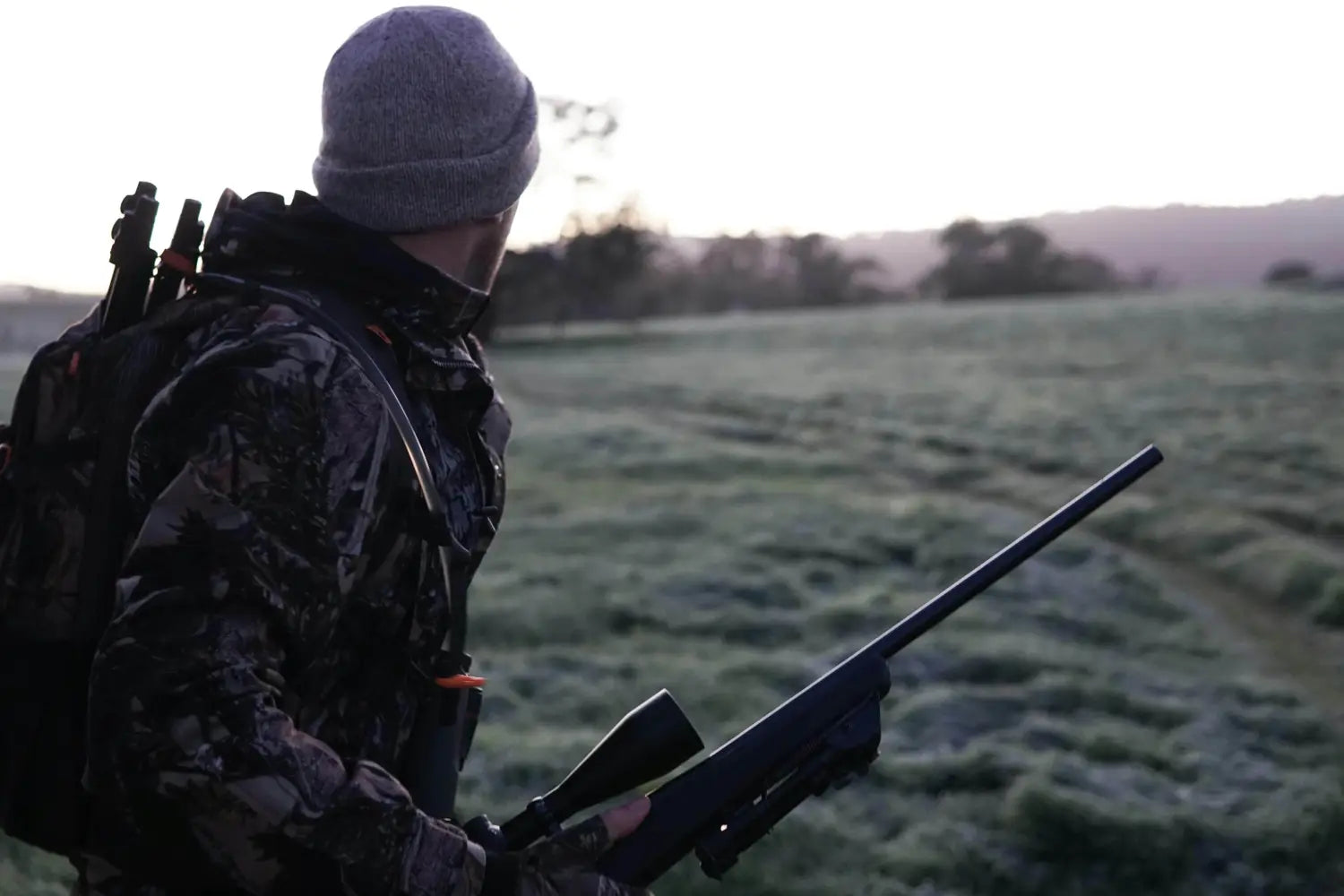
While the landscapes, species, and laws may differ, both Australia and the U.S. face similar challenges, habitat loss, invasive species, overpopulation, and the ongoing need to fund environmental protection. In both countries, hunters have emerged as unlikely conservation heroes — helping fund wildlife management, protect farmland, restore ecosystems, and advocate for the long-term sustainability of nature.
This article brings together the best of both worlds — the robust American model that has influenced global policy, and the boots-on-ground, approach seen across the Australian. Together, they tell a powerful, cross-continental story of how ethical hunting, when done right, can help save what we all value most: thriving wildlife and healthy landscapes.
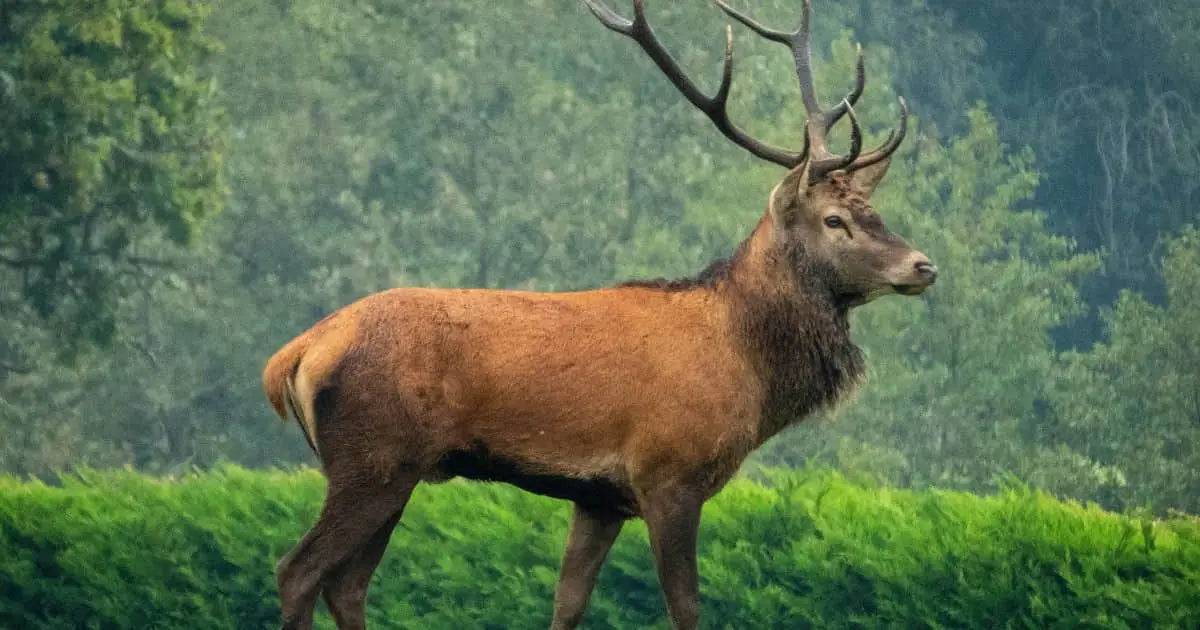
The idea that hunting can support conservation might sound odd. But the relationship between hunters and wildlife protection isn’t new. In fact, some of the first organized conservation efforts in both the U.S. and Australia were led by hunters themselves.
In the U.S., the late 19th and early 20th centuries saw rapid declines in bison, elk, and waterfowl populations due to overhunting and habitat destruction. Alarmed by the loss, ethical hunters became vocal advocates for wildlife protection. Figures like Theodore Roosevelt, an avid hunter and U.S. President, helped establish national parks, game laws, and the foundations of the North American Model of Wildlife Conservation.
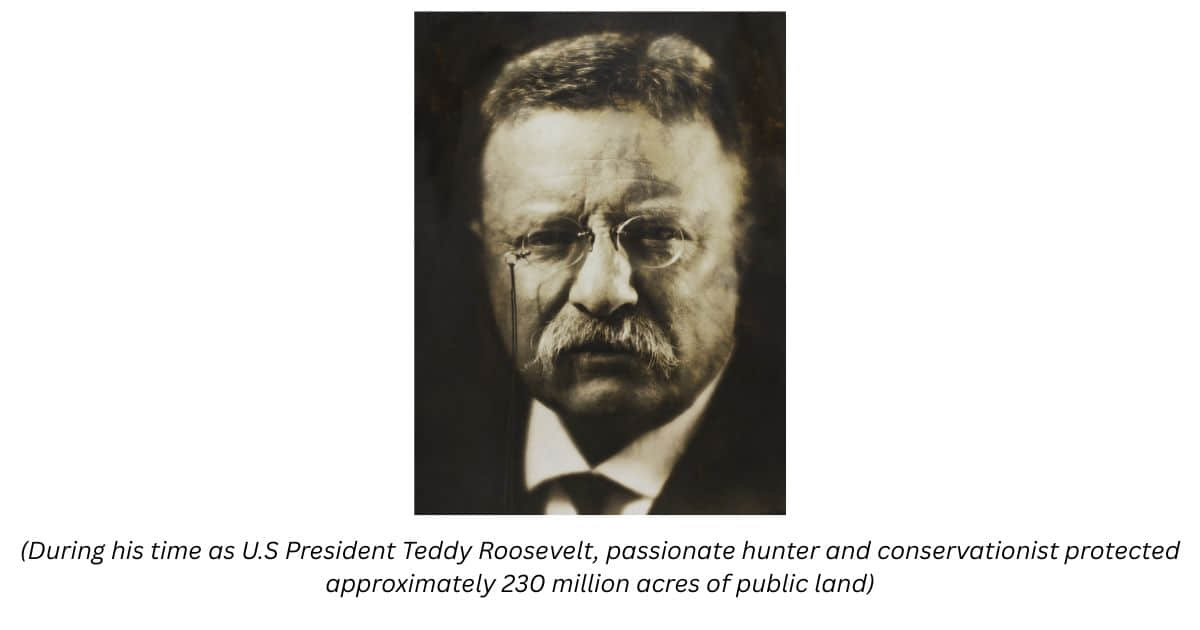
In Australia, the story is different — but no less impactful. Hunters have been instrumental in managing invasive species, supporting wetland restoration, and partnering with landowners in efforts that are often underfunded or logistically challenging for government alone. Over time, ethical hunting groups have helped build a grassroots conservation model that’s deeply practical and locally driven.
Let’s talk about one of the most concrete ways hunters support conservation: money.
In the U.S., hunters generate millions of dollars annually for conservation through licenses, tags, and an excise tax on hunting gear. This is thanks to the Pittman-Robertson Act (1937) — a landmark piece of legislation that channels taxes on firearms, ammunition, and archery gear directly into:
Wildlife research
Habitat restoration
Public land access
Education programs
Since its inception, the Act has contributed over $15 billion USD to wildlife conservation.
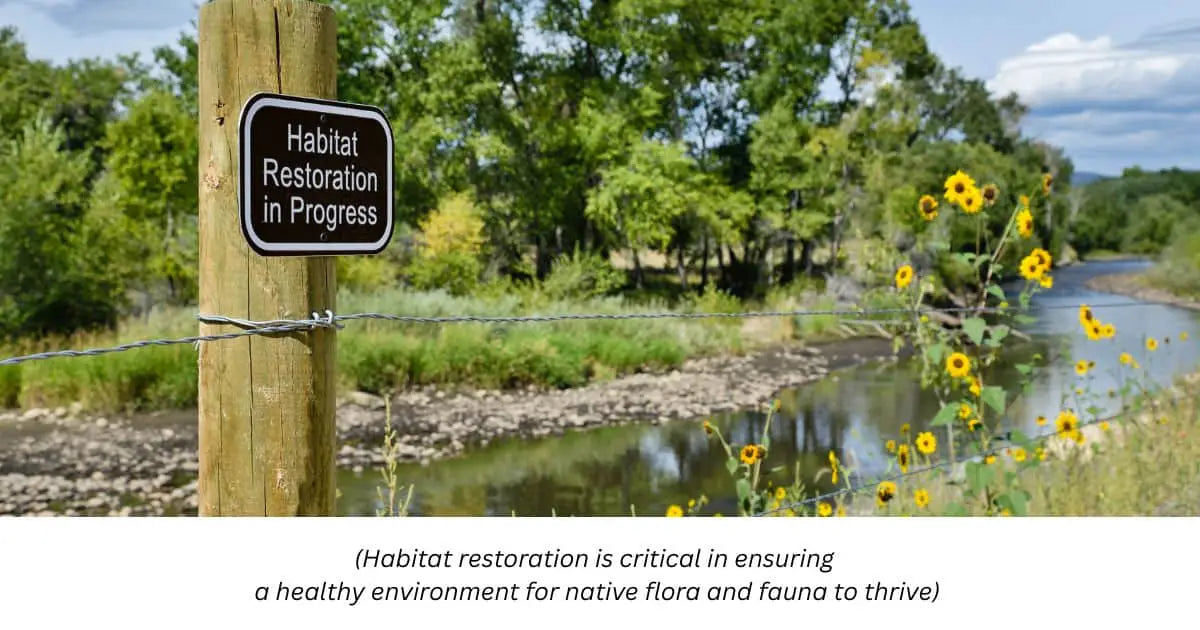
While Australia doesn’t have a federal system like Pittman-Robertson, ethical hunting still provides major funding at the state level through:
Game and firearm license fees
Conservation levies (e.g. NSW Game Hunting Licence)
Membership-based groups like Field & Game Australia and SSAA, which fund wetland preservation and feral animal control
Volunteer hunting programs like Farmer Assist, where hunters help landowners without government support
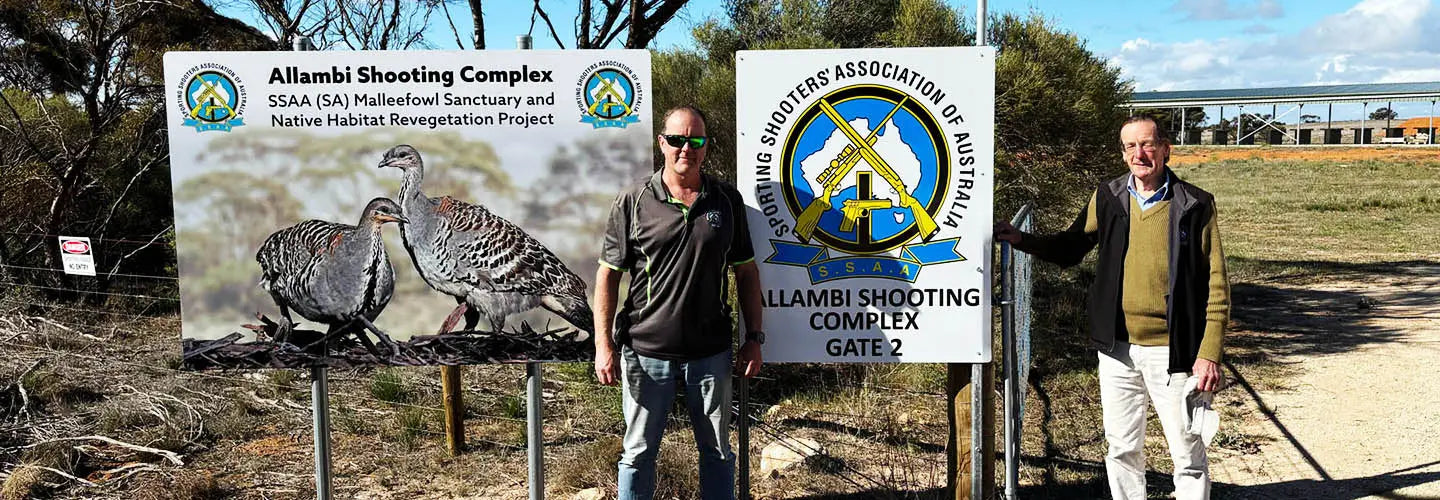
(SSAA playing their role of conservation in Australia by financially supporting native habitat restoration projects nationwide)
In both countries, the takeaway is the same: Hunters are often significant contributors to wildlife protection.
Nowhere is the role of hunters more visible — and more necessary — than in the fight against invasive species.
In Australia, feral animals like pigs, goats, foxes, rabbits, and deer cause billions in damage. They:
Destroy native habitat
Spread disease
Compete with native fauna
Harm livestock and infrastructure
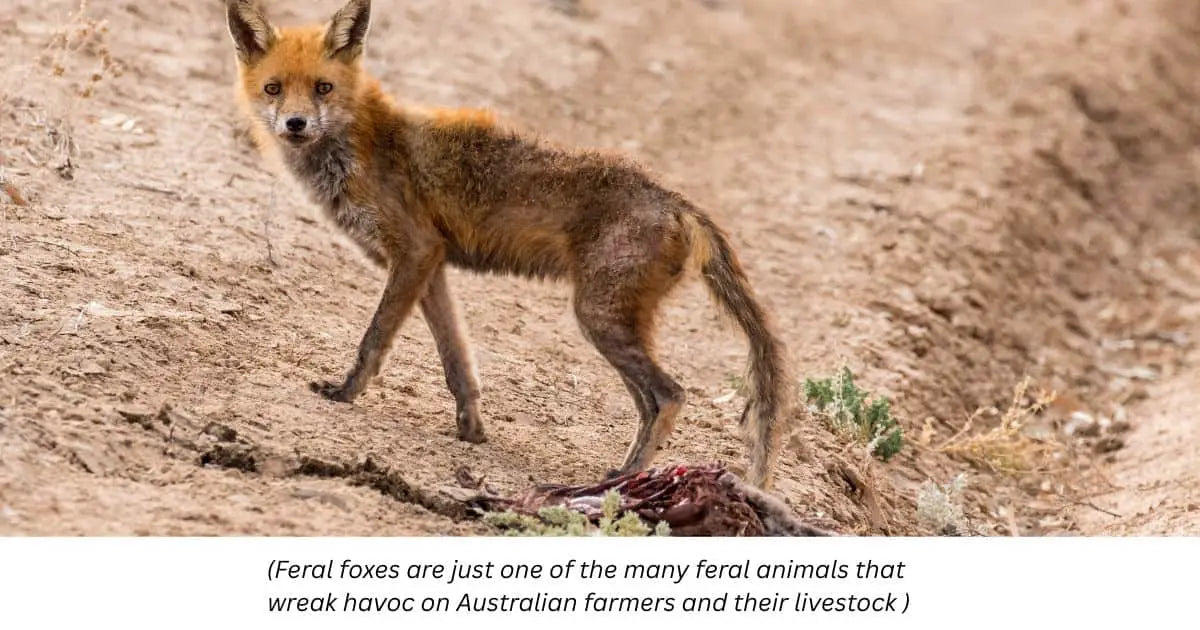
Hunters help manage this crisis by targeting invasive species through regulated culling, coordinated conservation hunts, and private land access agreements. Many work in partnership with farmers or under state-supervised programs.
In the U.S., invasive animals such as wild boar (especially in Texas and the Southeast), nutria, and feral cats also wreak ecological havoc. Like in Australia, hunters are the most effective and scalable resource for addressing these populations.
It’s hands-on, rugged, and not always glamorous — but it’s critical work for protecting both biodiversity and farmland.
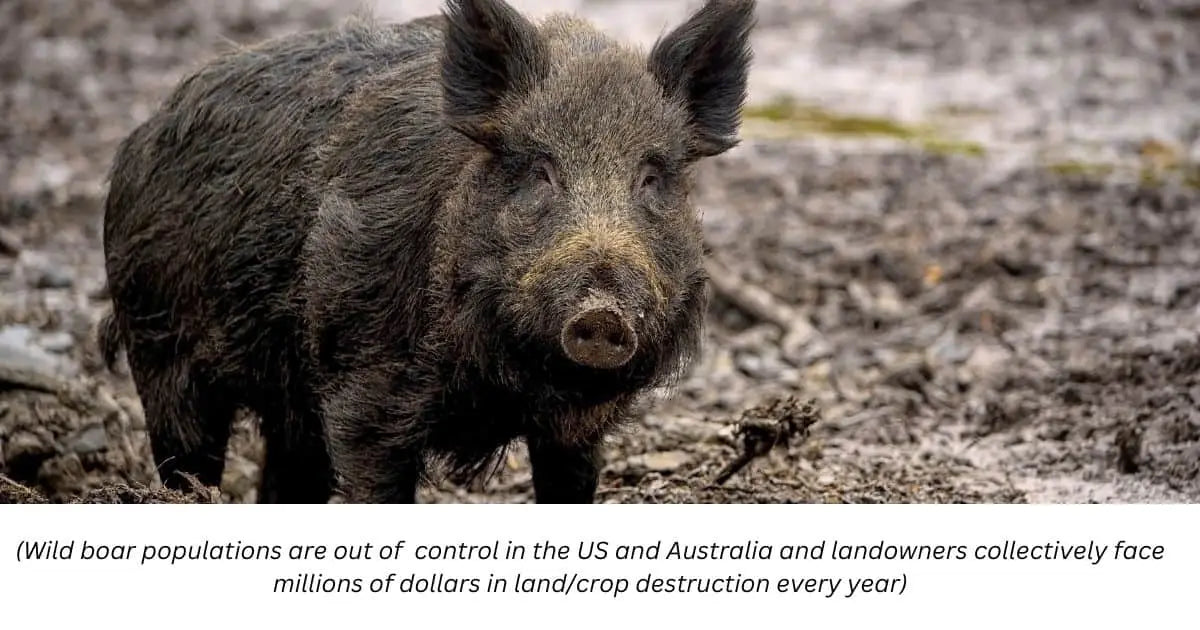
In both countries, hunters and farmers are natural allies — and in many places, they rely on each other.
In regional Australia, farmers battling kangaroo overpopulation, wild dogs, or feral pigs often turn to trusted, ethical hunters for help. Programs like SSAA Farmer Assist match experienced shooters with landowners in need — offering a no-cost solution that protects crops, animals, and infrastructure.
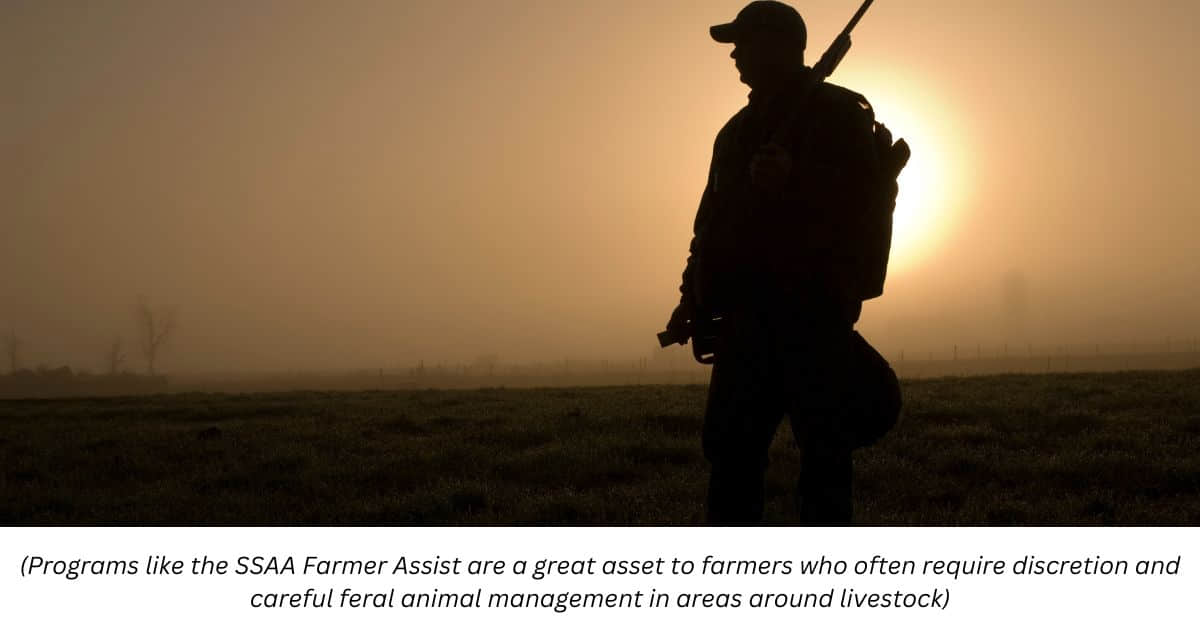
In the U.S., hunting helps protect soy, corn, and other crops from deer overgrazing. Many farmers grant exclusive hunting access in return for help managing local wildlife populations. It’s a handshake deal rooted in mutual respect.
In both regions, this relationship offers an important takeaway: ethical hunters are boots-on-ground conservationists helping keep rural life sustainable.
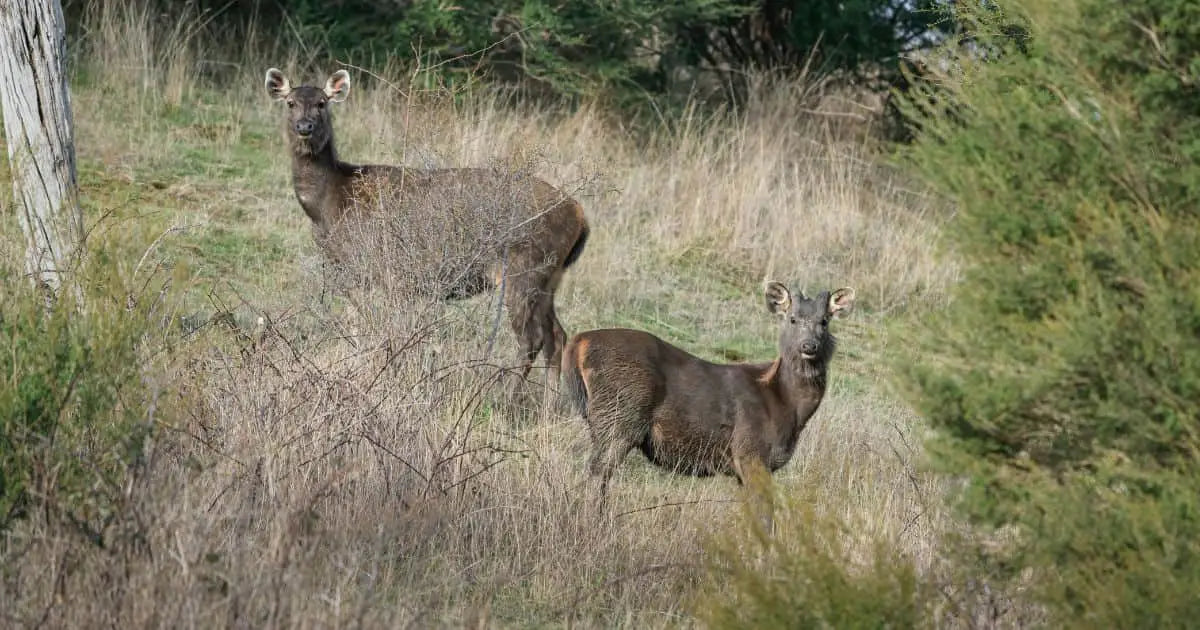
Some species thrive too well — especially in the absence of natural predators.
Without hunting, overpopulation can lead to:
Land destruction
Inbreeding
Disease outbreaks
Starvation
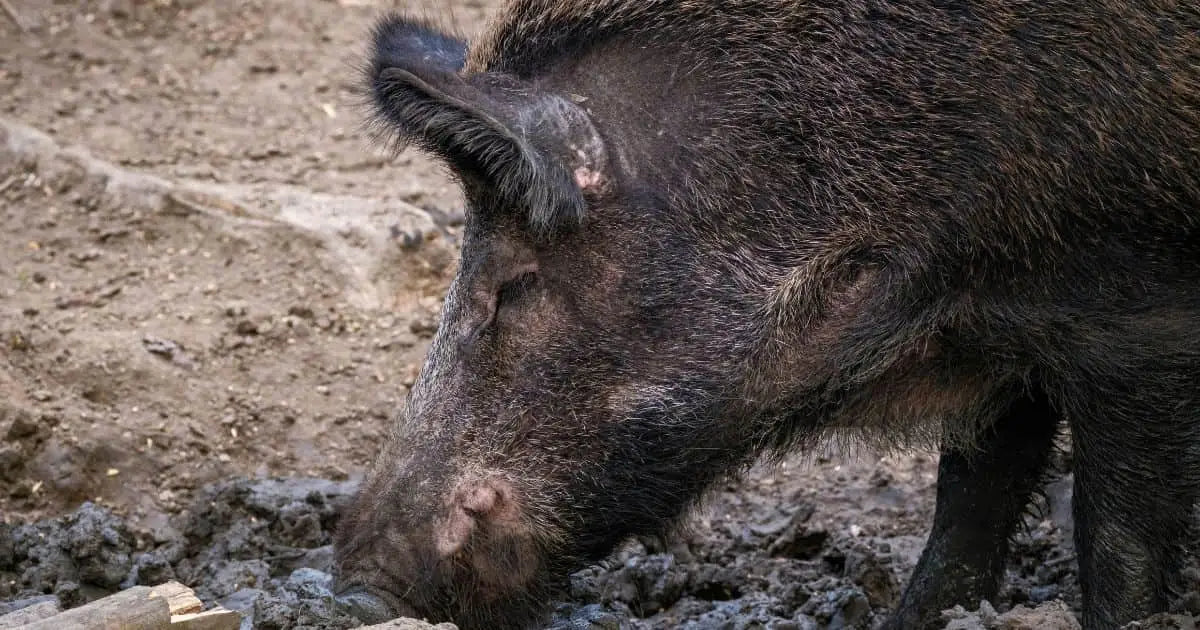
In both the U.S. and Australia, wildlife managers use data to set quotas and seasons. These ensure that hunting is sustainable, humane, and tied to population health.
In the U.S., states like Colorado and Pennsylvania track deer and elk numbers before issuing tags.
In Australia, duck hunting seasons and bag limits are often adjusted based on wetland health and migratory patterns.
Hunters become part of an ecological system — not just as predators, but as regulators maintaining the balance.
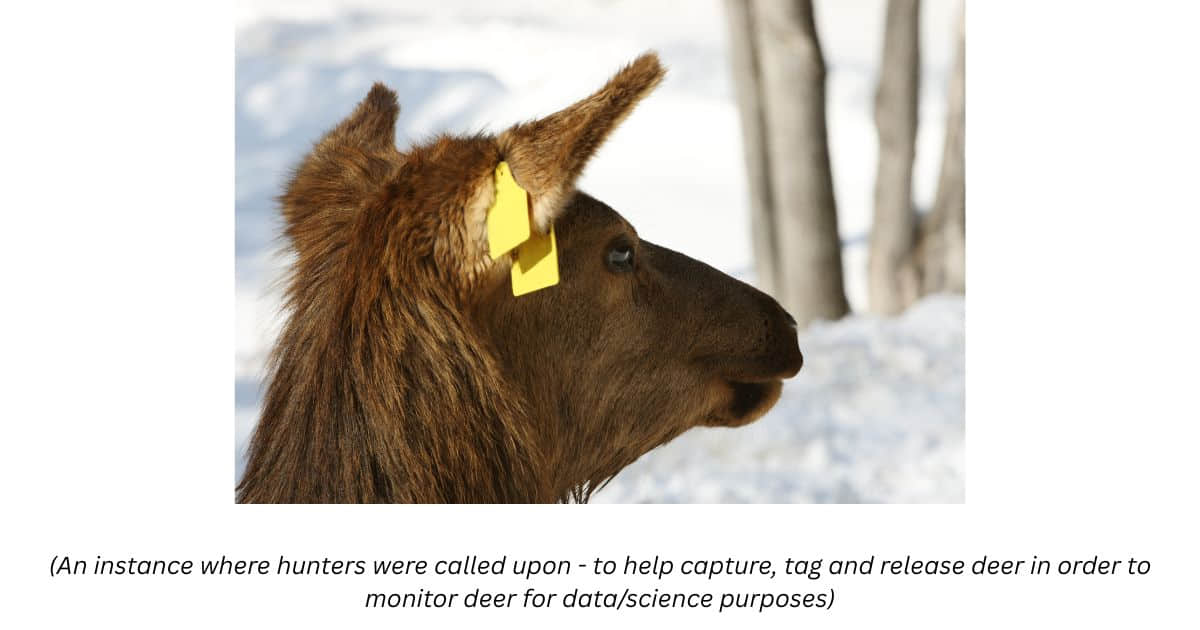
Hunters aren’t just interested in the game — they care about the entire landscape.
In the U.S., hunting groups have funded:
Wetland restoration projects
Forest management to prevent wildfires
Reintroduction of species like bighorn sheep and wild turkey
In Australia, wetland restoration is a major focus, with Field & Game Australia leading the charge in preserving habitat for waterfowl and migratory birds — including many non-hunted native species.
A healthy ecosystem supports more than just game animals. Hunters know that. And many put their time and money where their boots are.

Modern hunting is a far cry from outdated stereotypes. Across both countries, there’s a growing focus on:
Education and licensing
Respect for the animal
Sustainable meat harvesting
Zero-waste use of game
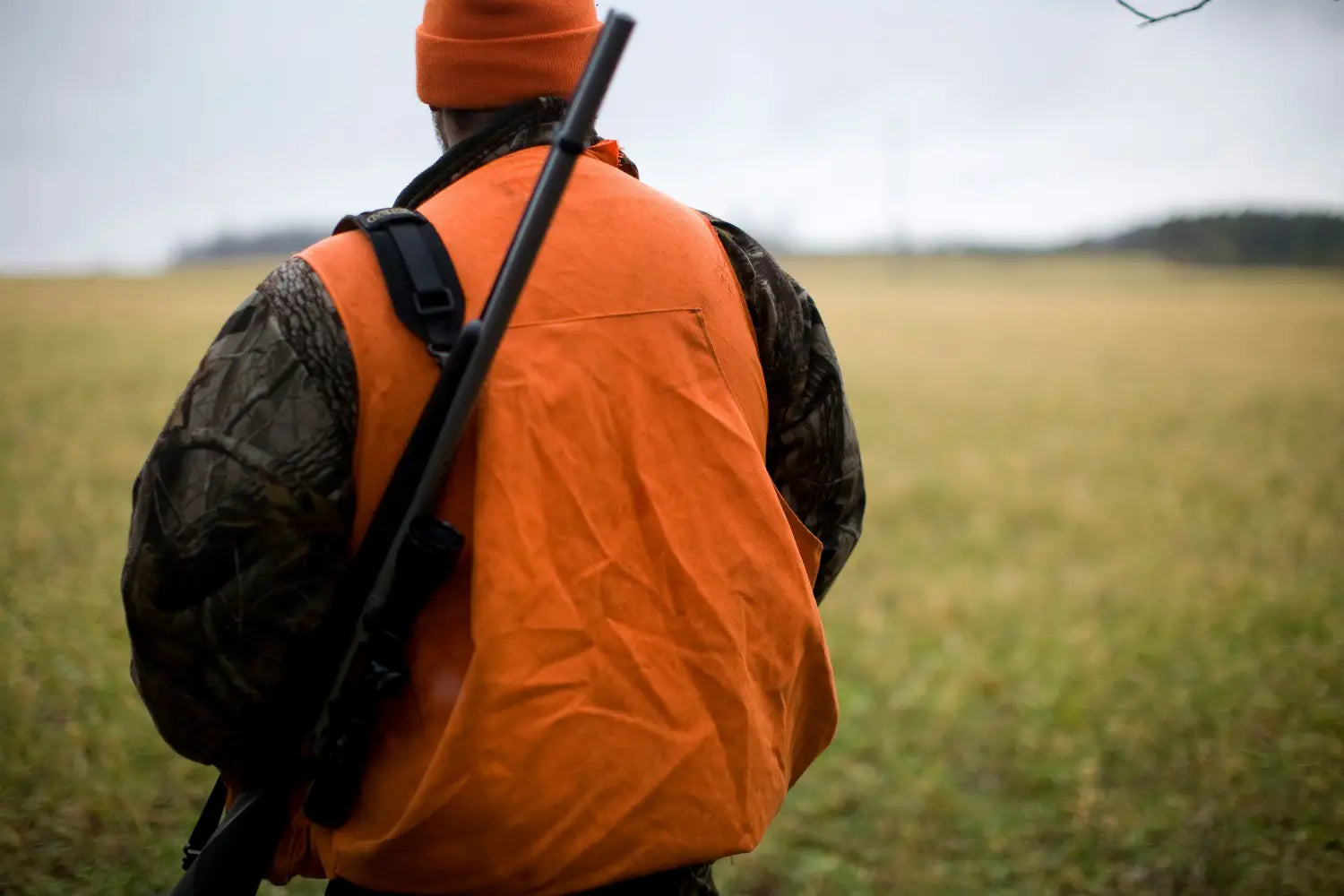
More hunters today are self-sufficient meat-eaters, land stewards, and advocates for ethical shooting. Whether it’s a bowhunter chasing elk in Montana or a bush hunter culling goats in the Flinders Ranges, these people are:
Trained
Regulated
Invested in doing things the right way
This new wave of hunters is helping reshape public opinion — not just by defending the hunt, but by actively doing the work of conservation.
Hunting and conservation might seem like an odd mix, but the truth is, they already go hand in hand.
The Nature Conservancy in the U.S. allows managed hunting on protected lands to reduce deer overgrazing.
Parks Victoria coordinates with hunters to manage deer in sensitive alpine ecosystems.
Australian Wildlife Conservancy includes controlled culls in their conservation planning.
This kind of teamwork combines data, policy, and field action — and results in real, measurable improvements for wildlife and habitats.
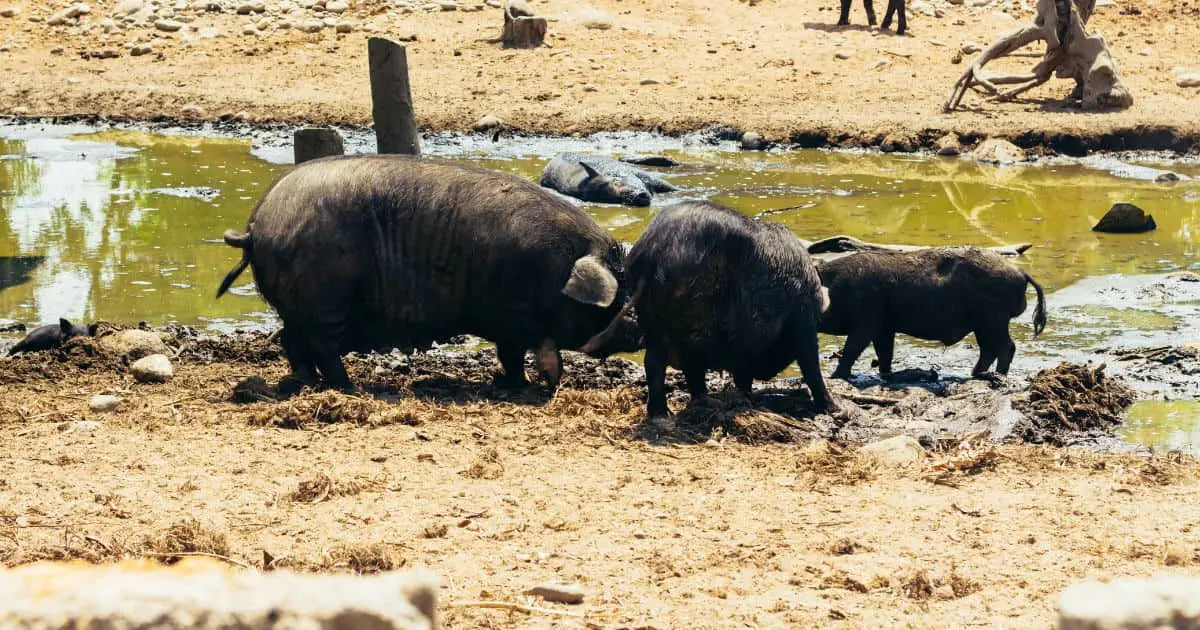
The U.S. has a formal, federally structured approach to conservation funding through hunting. Australia relies more on state-based management, community action, and farmer-hunter partnerships.
Both systems have their strengths. But the underlying principle is universal:
When done ethically, regulated hunting is not just compatible with conservation — it’s often essential to it.
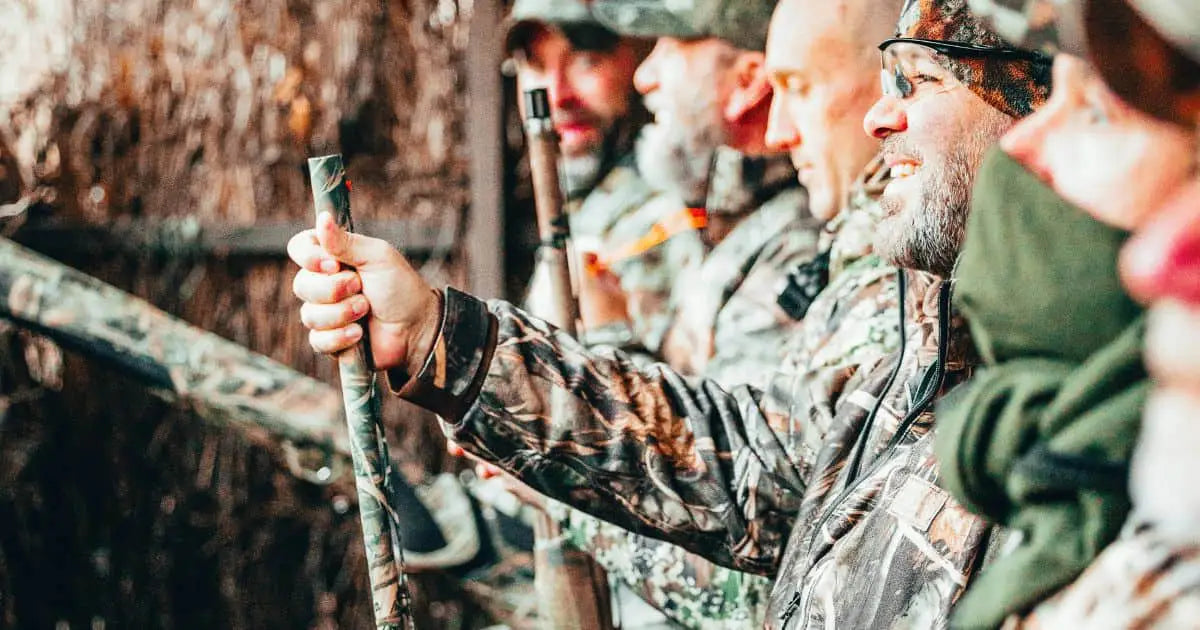
Whether it’s a bowhunter tracking elk in the Rockies or folks chasing pigs to help out a farmer in Queensland, hunters are way more than just a stereotype. A lot of them are part of something bigger—where love for the outdoors, respect for wildlife, and hands-on care for the land all come together.
Hunters don’t just take from the land. They give back — with their time, their money, their care, and their boots in the mud.
In both Australia and the U.S., ethical hunters are proving that conservation isn't just the realm of scientists and government programs — it's a shared responsibility. And in many cases, it's hunters who are leading from the front.
Are you a landowner who’s worked with ethical hunters? A hunter who’s passionate about conservation? Or maybe someone curious — and a little surprised — by what you just read?
We’d love to hear your thoughts.
Drop a comment below, share this article with a mate, or join one of the many online communities shaping the future of ethical hunting and wildlife protection.
Leave a comment